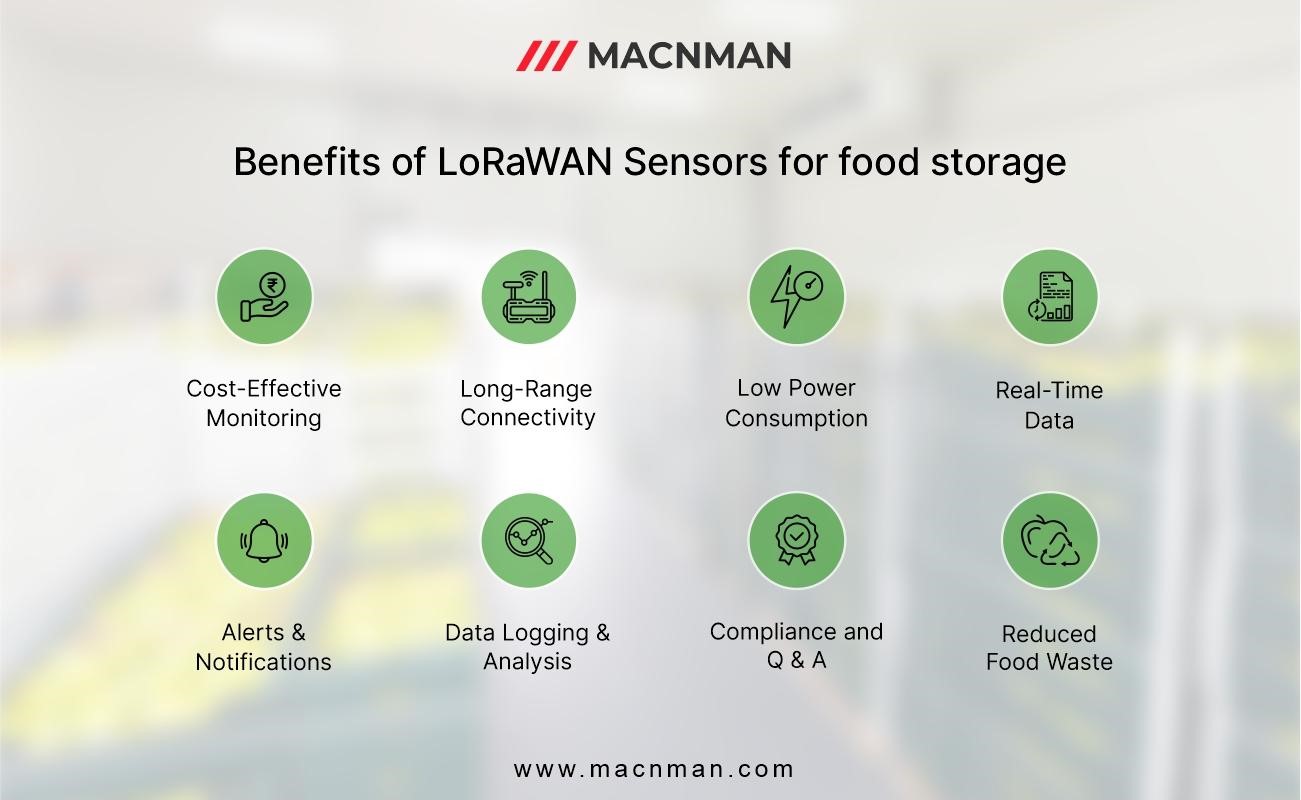
Food wastage- growing concern
Food production around the world falls well short of what is consumed there. According to the UNEP's (United Nations Environment Programme) food wastage index report research, 68,760,163 tonnes of food is wasted annually in Indian homes, or approximately 50 kilograms per person. This concern has created a prominent issue at the global level. According to research, 8-10% of global greenhouse gas emissions are linked with food that is not consumed by the consumers. Unfortunately, one-third of the food that is produced at the global level is wasted or remains un-reach to the consumers.
After harvesting and basic procedures on the raw food and crops, it is transported to farms, packaging and distributing centres. Tragic amounts of food are wasted here and after the final consumption at restaurants, households, etc. Some food is wasted even before reaching the consumers. Hence, the prominent measures have to be taken care to minimize these loopholes and avoid the wastage of food.
LoRaWAN Sensors for food monitoring and regulation
Storing food becomes an integral part to maintain the quality and integrity of the food. LoRaWAN sensors can be used to monitor the temperature in the transport vehicles or the storage refrigerators. IoT sensors play a crucial role in monitoring the conditions of perishable goods during the vital supply chain stage, effectively cutting down on food wastage. Temperature-controlled transport vehicles employ LoRaWAN-enabled sensors for this purpose, and these sensors can also be applied to individual boxes to guarantee the preservation of food safety standards throughout the transportation process.
In the past, monitoring temperature and humidity at this stage was a labor-intensive manual process. It required a separate and dedicated human to physically observe and record the temperatures of each refrigerator or freezer unit every few hours. By introducing intelligent LoRaWAN sensors, restaurants and grocery stores and others can streamline their temperature monitoring, automating the process in the background. These sensors can collect data every few minutes instead of hours, and they offer the advantage of continuous tracking, even when the store or restaurant is closed. With this high level of precision, team members can receive immediate alerts, enabling proactive and predictive maintenance to minimize or entirely prevent major issues that would otherwise inevitably occur.
Wireless sensors offer easy installation but require connectivity. Traditional options like 2G, 3G, 4G, and Wi-Fi sensors often fall short because of their short battery life and the fact that many commercial fridges and freezers, resembling metal boxes, obstruct mobile signals. A more effective approach is to utilize wireless sensors based on LoRaWAN technology. These sensors, with their low power consumption and long-range capabilities, are ideal for monitoring fridge and freezer temperatures, as they can transmit data up to 12 kilometres away in a direct line of sight.
LoRaWAN sensors' extensive coverage and ability to penetrate through appliance seals make it feasible to monitor large facilities with just a few 4G/LAN gateways, which upload data to a secure online portal for management access. Moreover, the batteries in these sensors can last for many years before requiring replacement.
Benefits of using LoRaWAN Sensors for food storage
Cost-Effective Monitoring: LoRaWAN sensors are cost-effective to deploy and maintain, making them a practical choice for monitoring food storage conditions. Their low power consumption extends battery life, reducing ongoing operational costs.
Long-Range Connectivity: LoRaWAN technology provides long-range connectivity, allowing sensors to transmit data over substantial distances. This makes it suitable for monitoring food storage in large warehouses, distribution centers, and remote locations.
Low Power Consumption: LoRaWAN sensors are energy efficient, which means they can operate for extended periods on a single battery charge. This reduces the need for frequent battery replacements and ensures continuous monitoring.
Real-Time Data: LoRaWAN sensors provide real-time data on temperature, humidity, and other relevant parameters. This instant access to information allows for a quick response to any deviations from optimal storage conditions, helping to prevent food spoilage.
Scalability: LoRaWAN networks are scalable, allowing you to add more sensors as your storage facility expands. This flexibility ensures that you can adapt your monitoring system to meet changing requirements.
Remote Monitoring: With LoRaWAN sensors, you can remotely monitor food storage conditions from anywhere with an internet connection. This remote accessibility enables timely decision-making and reduces the need for on-site inspections.
Alerts and Notifications: LoRaWAN sensors can send alerts and notifications in real-time when temperature or humidity levels fall outside predefined ranges. This pro-active approach helps prevent food wastage by addressing issues promptly.
Data Logging and Analysis: LoRaWAN sensors store historical data, allowing you to analyze trends and identify potential problems before they escalate. This data-driven approach supports better decision-making and optimization of storage conditions.
Compliance and Quality Assurance: Using LoRaWAN sensors help ensures compliance with food safety regulations and quality standards. Accurate monitoring data can be used for compliance reporting and audits.

Reduced Food Waste: By maintaining optimal storage conditions and promptly addressing issues, LoRaWAN sensors contribute to reducing food wastage. This not only saves money but also supports sustainability efforts by minimizing food loss.
Energy Efficiency: LoRaWAN sensors consume minimal power, contributing to energy efficiency in food storage facilities. This is important for reducing operational costs and minimizing the environmental footprint.
Easy Integration: LoRaWAN sensors can be integrated with existing IoT platforms and systems, allowing for seamless data integration and centralization of monitoring and control functions.
Conclusion:
In summary, LoRaWAN sensors offer a cost-effective, efficient, and scalable solution for monitoring food storage conditions. Their ability to provide real-time data, remote accessibility, and proactive alerts makes them an invaluable tool for ensuring food safety and reducing food wastage in the supply chain.